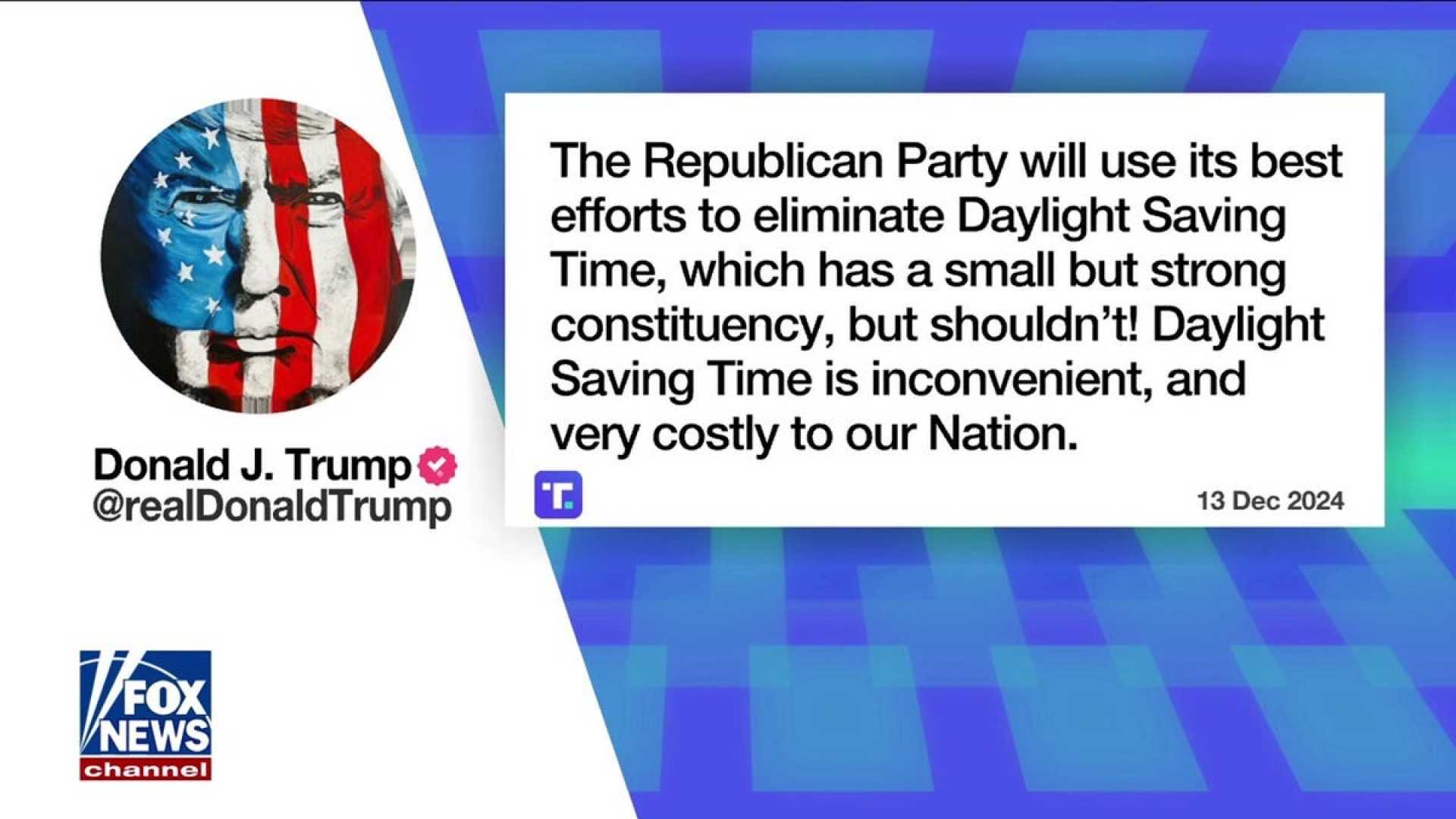Politics
Trump Advocates for Permanent Daylight Saving Time Amid Congressional Debate

WASHINGTON — President Donald Trump on Friday urged Congress to make Daylight Saving Time permanent, advocating for more sunlight in the evenings. His comments came a day after a Senate panel held its first hearing in over three years on the topic.
In a post on his Truth Social media platform, Trump stated, “The House and Senate should push hard for more Daylight at the end of a day. Very popular and, most importantly, no more changing of the clocks, a big inconvenience and, for our government, A VERY COSTLY EVENT!!!” This statement reflects Trump’s continued interest in the issue, which he first introduced to the Republican agenda last year.
Supporters of making Daylight Saving Time year-round argue that it would enhance economic activity by providing brighter evenings, especially during the winter months. Critics, however, caution that the change could compel children to walk to school in darkness, raising safety concerns.
The Senate unanimously approved a measure to make Daylight Saving Time permanent in March 2022, but the proposal stalled in the House of Representatives, which never brought the bill to a vote. Senate Commerce Committee Chair Ted Cruz, speaking on the matter, commented, “There are very real and complicated issues and countervailing arguments on both sides. There is widespread agreement on locking the clock, but where to lock it?”
Trump’s latest remarks reveal a shift in his stance after a more cautious approach last month. Previously, he indicated a lack of consensus on the issue, stating, “It’s hard to get excited about it because it’s very much a fifty-fifty issue and it’s something I can do, but a lot of people like it one way, a lot of people like it the other way.” He acknowledged the varying preferences among states, particularly for those in northern regions.
Daylight Saving Time has been observed in most of the United States since the 1960s, with clocks moving forward one hour from spring to fall. During World War II, year-round Daylight Saving Time was experimented with to conserve energy, but was unpopular and repealed shortly afterward. Proponents continue to push for permanent adoption, citing benefits such as reduced health risks associated with time changes, including sleep disturbances and increased car accidents.
As discussions surrounding the future of Daylight Saving Time evolve, it remains uncertain whether Congress will revisit the issue for a vote. For now, Trump’s continued advocacy highlights a growing national conversation about timekeeping and its impact on daily life.












